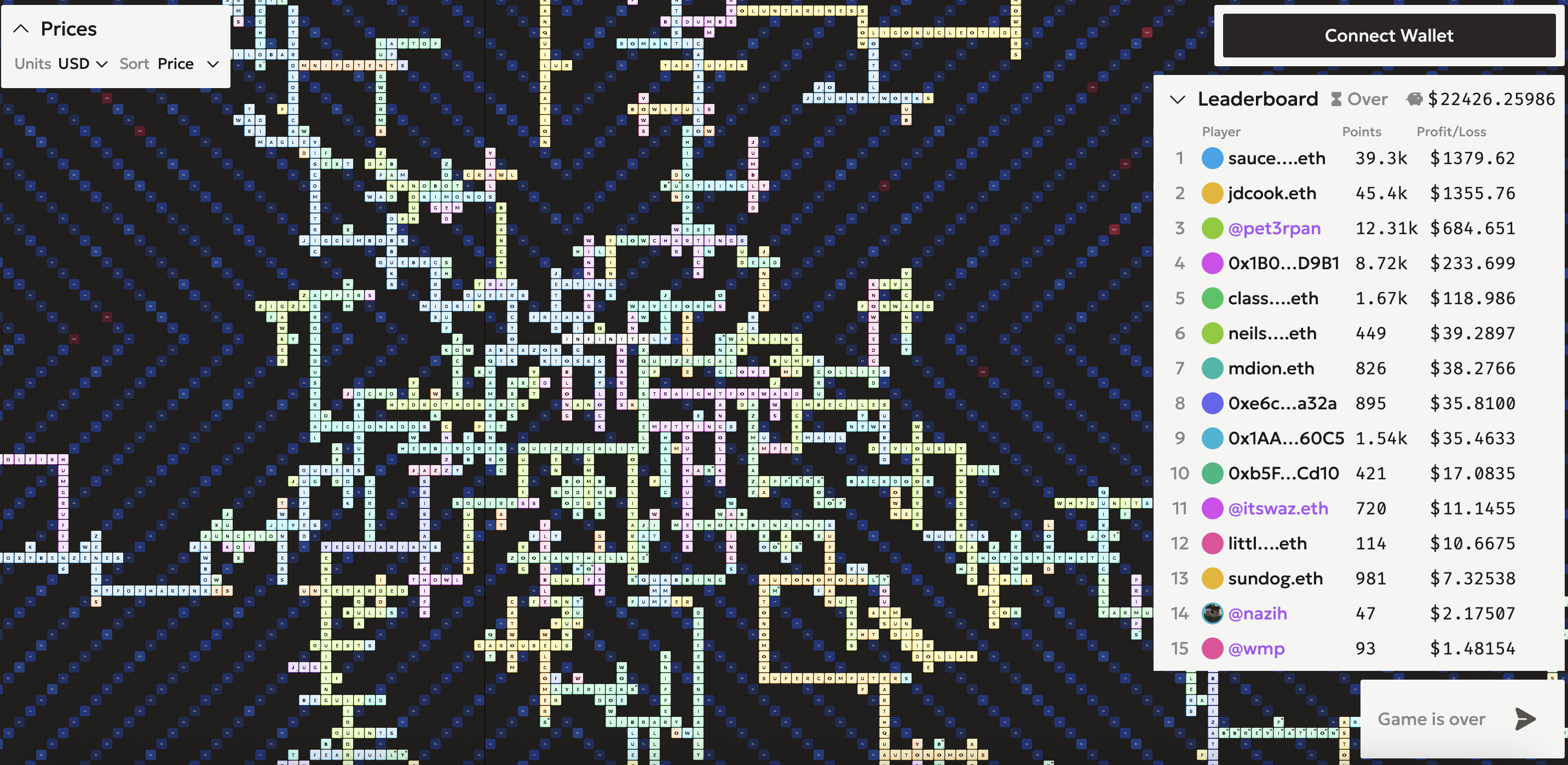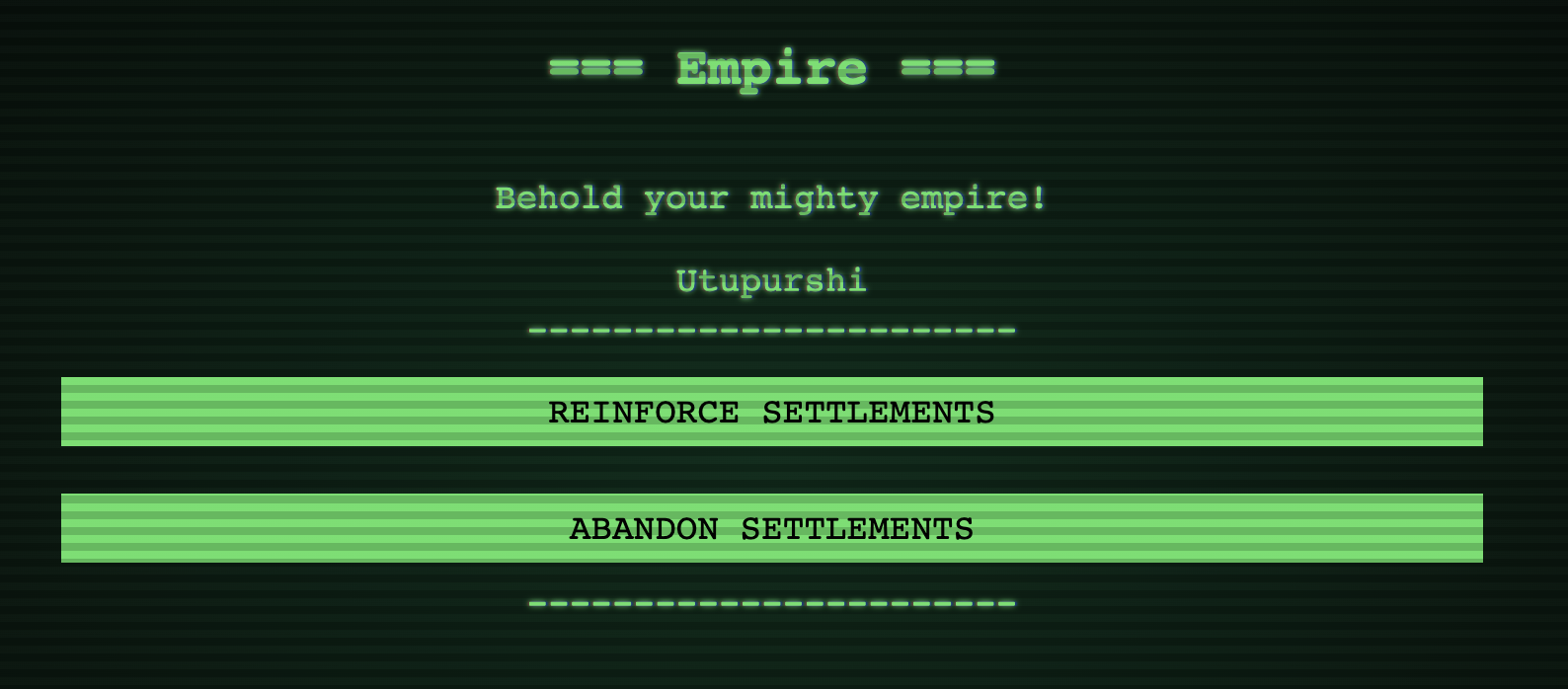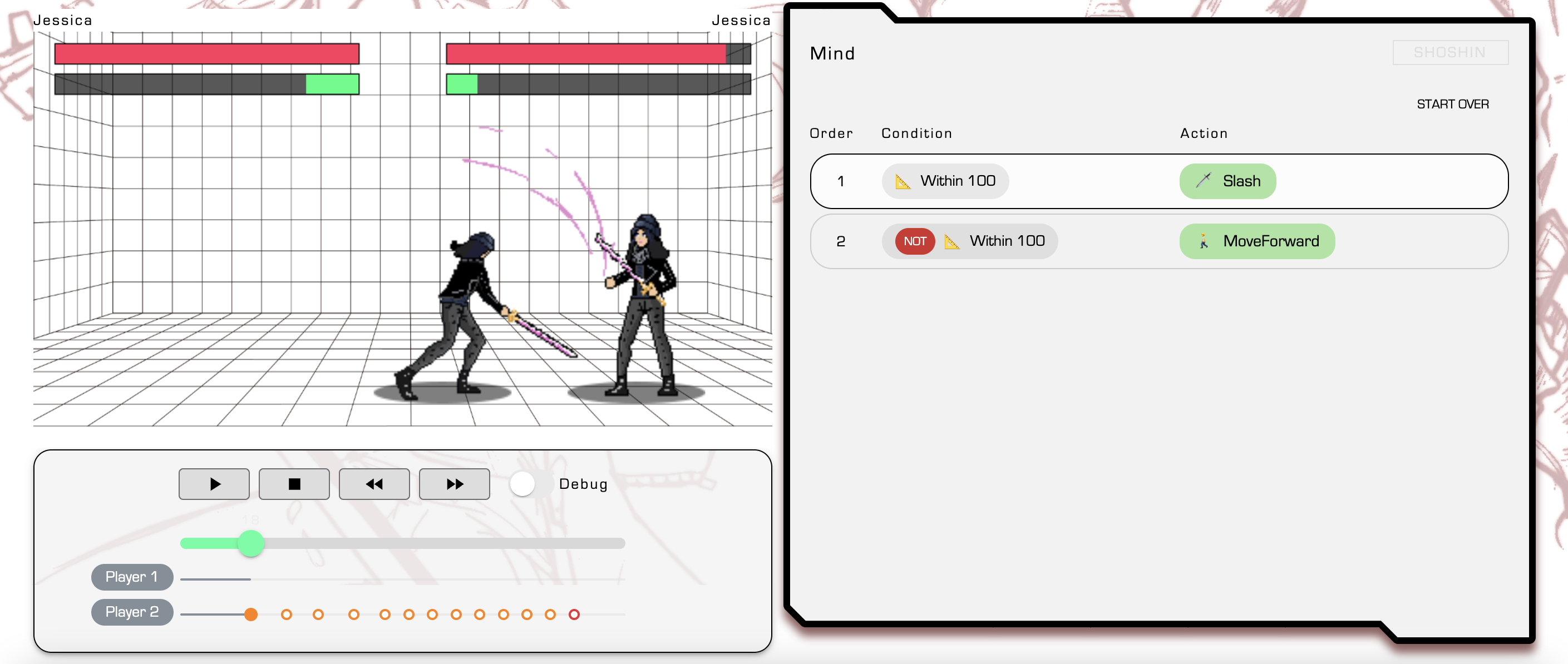Gm everyone,
Happy onchain summer!
Base, the L2 developed by Coinbase using OP Stack, went live on August 9, officially kicking off the much-ballyhooed “onchain summer.”
These past few days have been a lot of fun, with new dapps like Friend Tech taking Twitter by storm and triple-digit yields on BaseSwap giving bull market vibes.
However, if you’re chronically into crypto like myself, it may feel like onchain summer unofficially started long ago.
The broader market has been dormant these past few months, but there’s been plenty to do onchain, whether it be aping memecoins on Telegram, collecting music, exploring new L2s, and of course, playing games.
Onchain games had been building momentum throughout July and the first half of August, as we saw a steady drip of public alphas and playtests.
However, this drip has morphed into a flood, as we’ve seen three launches in the five days since Base went live.
Is this the start of onchain gaming summer?
Today, we’ll breakdown this flurry of activity by looking at the three games that launched to see if we can find the answer.
Words3

Overview:
Words3 is a word-building game built in MUD and developed by Small Brain Games.
Words3 is like Scrabble, as you have to form words to score points.
However, there’s a crypto-economic twist. Each letter you place in the game will cost you ETH, with the prices of letters fluctuating through the game based on their usage.
The ETH spent in the game is allocated to a treasury and is distributed to players at the end of the game. Although it may appear as if the objective of the game is to score the most points, both the in-game leaderboard and treasury allocation are based on profitability, or how much ETH you spend to create words relative to what you earn from doing so.
On August 9, Words3 launched, a single, 4-day game on Base. Despite no marketing in the lead-up to mainnet, the game managed to see significant traction with 122 participants and a pot of $22,468.
Initial Impressions:
The core gameplay of Words3 is very fun, fusing a global Scrabble board with crypto to add real-world stakes and new elements of strategy.
Although a single, 4-day match was a great way to build interest and attract players, this extended length meant that the game was not as chaotic or frenetic as the 15-minute playtests.
I think this, coupled with the VRGDA function used to price words which favors early players relative to late ones, made it more difficult for many latecomers like myself to be competitive.
However, that may just cope from my 104th-place finish (RIP 😭), and I’m sure this dynamic will change as development progresses and if players get the chance to create custom games.
All in all, I still really enjoyed this round of Words3, and I can’t wait for my shot at redemption in the next one!
Doomsday

Game Overview:
Doomsday is a survival game developed by FFG DAO and live on Ethereum.
Set in a post-apocalyptic world, in Doomsday players compete to be the last man standing at the end of each round known as “Seasons”. Each Season has two phases: The Renaissance and the Dark Age.
In the Renaissance, players can join the game by creating NFT settlements through a process called mining. To begin mining, you simply have to click a button on the Doomsday landing page.
However, mining is competitive, as you’ll be vying against other players to find settlements. Like Bitcoin mining, it becomes harder to locate and mint a settlement as more attempt to do so.
Once the Renaissance ends, the second stage of the game, the Dark Age, begins. In the Dark Ages, settlements are attacked at random every 75 blocks through what’s known as Disasters.
There are four types of disasters, but you can defend yourself against them by purchasing reinforcements. Reinforcements act as one-off protection against disasters, as without one your settlement will be destroyed and you’ll be eliminated from the game.
The game ends once there is only one settlement remaining, with the winner earning the ETH that accrues from fees paid to mint settlements and purchase reinforcements.
On August 13, Doomsday launched its Season 2, and there’s currently 1677 settlements with a prize pool of 22.86 ETH (~$46,000). This comes off the back of a highly successful Season 1, which saw the winner take home a whopping 295 ETH (~$545,000)
Initial Impressions:
I didn’t get the chance to play in Season 1, but I am participating in Season 2!
(You can check the status of my settlement as I hope to survive and strike it rich at wasdgaming.eth)
So far, I’m enjoying it!
Although mining is simple, it was still fun and engaging due to the nature of securing a settlement. You have very limited amount of time to mint after you locate one, and I learned the hard way that you have to frantically confirm your transaction after multiple failed attempts in which I was too slow.
I do think the game does have some balance kinks to work out, as it favors whales due to their ability to mint a greater number of settlements and buy more reinforcements.
With that said, Doomsday’s mint prices are still accessible, the over-arching premise is fun, and anyone still has the chance to strike it rich.
Even if you lose, you’ll likely still recoup at least some costs, as Doomsday has confirmed that they will be airdropping a token, $DOOM, to game participants.
You can still join Season 2, as the Renaissance is still ongoing.
Shoshin

Game Overview:
Shoshin is a Starknet-based, asynchronous fighting game created by Topology.
In Shoshin, you’ll battle against CPU enemies in a 2D, anime-themed world.
As mentioned above, combat in Shoshin’s main game mode is asynchronous, as in each fight you’ll formulate a sequence of attacks, counters, and movements known as a “Mind” in order to defeat your opponent. Each battle is different, and you’ll have to utilize different strategies to emerge victorious.
Shoshin launched its public alpha yesterday, with a campaign mode that utilizes this, and an arcade mode with traditional, keyboard-based synchronous combat like in other 2D fighters.
Initial Impressions:
Although its alpha was just released, Shoshin is impressive.
The core gameplay is sophisticated and has depth, as putting together minds requires a significant amount of strategy and thought. This does make it a bit hard to pick up, although there is a well-made tutorial that walks you through how to get going.
Onboarding into Shoshin is seamless, as gameplay is transaction free and you don’t need a wallet to start playing.
If I didn’t know otherwise, I would have no idea Shoshin is an onchain game.
I didn’t get a ton of time to play between the launch and the writing of this article, so I’m excited to get more familiar with the game mechanics.
I’m also eager to see the team’s ambitious plans for Shoshin in action, such as implementing autonomous agents into the game.
Onchain Gaming Summer Is Here
It may not be getting the same buzz as the “official” one, but onchain gaming is certainly have a summer of its own.
Between Words3, Doomsday Season 2, and Shoshin, we’ve seen three mainnet launches in less than a week which demonstrate the capabilities and creative potential of onchain games.
And most importantly (at least from the perspective of a player), they’re fun!
Ultimately, I think this string of launches is just an appetizer, a tiny glimpse of what’s to come.
Over the coming months, we’re going to see dozens more games go live, adding further fuel to the onchain renaissance while creating fun, unique, exciting and memorable experiences.
Get your sunglasses ready. Onchain games are about to shine bright.
—
The Tldr:
The hottest news and developments from the last week in onchain gaming.
-
Pirate Nation reveals it will transition to free-to-play gameplay
-
AW house launches a $30,000 grants program to build with Dojo
Plays of the Week:
Three onchain games (other than the ones mentioned) to try out this week.
Words From Frens:
The best non-WASD articles, videos, and conversations from the past week.
-
Read: Blockchain Games Aren’t Really Decentralized…But That’s About to Change - Donovan Choy
-
Read: Devs on Devs: Kashooba and Small Brain - The New World
-
Read: My Onchain Gaming Odyssey: A Personal Tale of Triumph and Defeat - Conglomerate
___
Thanks for reading!
If you liked this piece, you can collect it at the top of the page. It’s free!
To stay current on all things WASD, subscribe below and follow us on Twitter.
And if you want to meet other onchain gaming and autonomous world enthusiasts, players, and degens, hop in the WASD Republic Discord.
See you all on Thursday, when we’ll be diving deep into Pirate Nation!